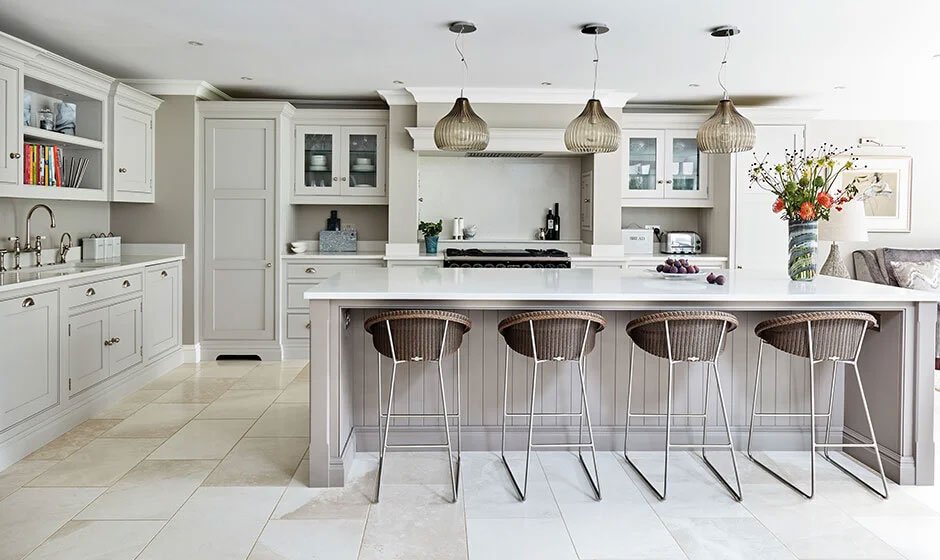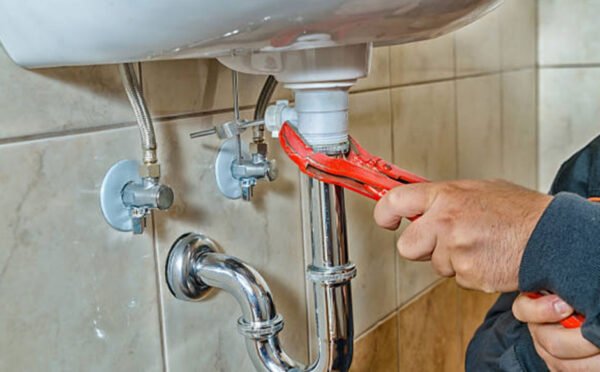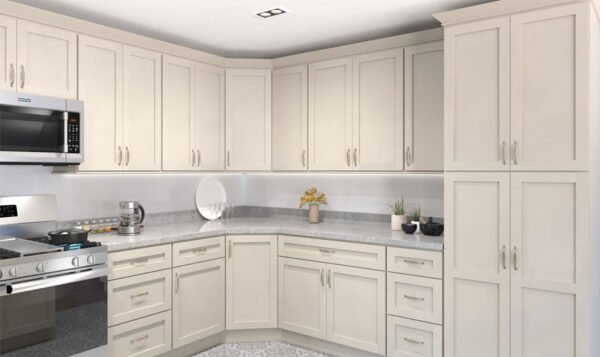The Heart of the Home: Crafting a Functional Kitchen

A kitchen is more than just a place to prepare meals; it’s the heart of the home, where families gather, conversations flow, and memories are created. Crafting a functional kitchen goes beyond aesthetics; it’s about designing a space that simplifies your daily routines, enhances your culinary experiences, and promotes an efficient lifestyle.
In this blog post, we’ll explore the art of crafting a functional kitchen and provide you with valuable tips and insights to make your kitchen truly the heart of your home.
1. Layout Matters
The first step in crafting a functional kitchen is to carefully consider its layout. The work triangle is a fundamental concept in kitchen design. It refers to the relationship between the stove, sink, and refrigerator. The key is to ensure that these three workstations are strategically placed for maximum efficiency.
The distance between them should be neither too small nor too large, allowing for a smooth workflow when preparing meals. A well-optimized work triangle can significantly reduce unnecessary steps and streamline your cooking process.
2. Ample Storage
Storage is a crucial aspect of kitchen functionality. Having ample storage not only helps keep your kitchen organized but also ensures that everything you need is within arm’s reach. When designing your kitchen, think about installing cabinets, drawers, and shelves that maximize your available space.
Consider innovative storage solutions like pull-out racks, lazy Susans, and vertical dividers to make the most of every inch. Organized storage not only makes your kitchen more functional but also enhances its aesthetic appeal.
3. Quality Appliances
Investing in high-quality appliances is a fundamental aspect of crafting a functional kitchen. Your choice of appliances should align with your cooking habits and lifestyle. Modern appliances often come with advanced features that can greatly enhance your cooking experience.
For example, a smart refrigerator can help you manage your groceries, while a convection oven can cook food more evenly and quickly. Consider energy-efficient appliances to save on utility bills and reduce your carbon footprint.
4. Durable Countertops
Countertops are workhorses in the kitchen, enduring constant use, cutting, and hot pots and pans. When crafting a functional kitchen, it’s essential to choose durable countertop materials that can withstand the rigors of daily cooking.
Granite, quartz, and solid surface materials like Corian are excellent choices. They not only resist scratches and heat but also come in various colors and patterns to match your kitchen’s style.
5. Proper Lighting
Proper lighting is an often overlooked but crucial element in crafting a functional kitchen. A combination of task, ambient, and accent lighting can transform your kitchen into a well-lit and inviting space.
Under-cabinet lighting provides ample illumination for food preparation, while pendant lights over an island or dining table can add a touch of style. Don’t forget to incorporate dimmer switches to adjust the lighting according to your needs and mood.
6. Efficient Plumbing
A good kitchen plumbing system can make your daily life easier and save you time and hassle. Imagine washing dishes and preparing food without worrying about clogs or messes. A deep sink with a flexible faucet can make these tasks a breeze. Adding a garbage disposal can also help manage food waste and reduce kitchen odors.
If you’re ready to upgrade your kitchen plumbing, contact a trusted Kaysville plumbing company. They’ll help you choose the right fixtures and ensure everything works efficiently.
7. Functional Island
If your kitchen space allows, adding an island can be a game-changer in crafting a functional kitchen. An island serves as an additional workspace, making it easier to multitask during meal preparation.
It can also include extra storage, a prep sink, or even seating for a quick breakfast or a place for guests to gather while you cook. The island becomes the centerpiece of your kitchen, both aesthetically and functionally.
8. Easy-to-Clean Surfaces
A functional kitchen should be easy to clean. Spills and messes are inevitable in a busy cooking space, so choose materials that are both durable and easy to maintain. Consider tile or laminate for the backsplash, as they are easy to wipe clean.
For flooring, opt for materials that can withstand spills and foot traffic. Hardwood and ceramic tiles are popular choices known for their durability and easy upkeep.
9. Well-Organized Pantry
A well-organized pantry is essential for keeping your kitchen functional and clutter-free. The pantry should be equipped with adjustable shelves, clear containers, and labels for storing dry goods, spices, and other kitchen essentials.
This makes it easy to access ingredients and ensures that nothing gets lost in the depths of your pantry. A well-organized pantry simplifies meal planning and grocery shopping, saving you time and reducing food waste.
10. Smart Storage Solutions
Take advantage of smart storage solutions to maximize your kitchen’s functionality. Pull-out spice racks, utensil dividers, and drawer organizers keep kitchen tools and ingredients easily accessible.
Consider vertical storage options, such as pot racks or hanging hooks, to make the most of your kitchen’s vertical space. These small additions can have a big impact on the organization and efficiency of your kitchen.
Conclusion
Crafting a functional kitchen is an art that combines aesthetics and utility. It’s about creating a space that supports your daily routines, enhances your culinary experiences, and brings your family together.
By carefully considering the layout, optimizing storage, selecting quality appliances, and paying attention to the details, you can turn your kitchen into the heart of your home. A functional kitchen is not only a place to cook but also a space where memories are made and shared, making it the true heart of your home.



